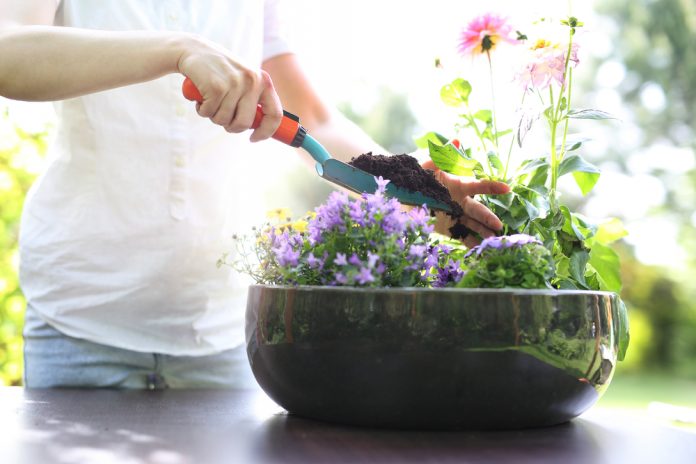For some, the Internet and its constant innovation may be antithetical to the traditional, all-natural mentality that is central to composting. As an environmentally sustainable way to recycle yard waste into fertilizer and as an important part of any organic garden, composting is one of the most popular ways to go green. Compost is crucial for individual gardeners and larger operations, such as gardening and landscape companies, alike. Businesses that have arisen to meet this demand also range in size, and home-based compost businesses are not uncommon.
Unfortunately, starting a small compost business is only half the battle. Ensuring the success of your compost home business requires strategizing on multiple fronts, and the Internet can help. If you’re wary of using the Internet for your earthy venture, think of it this way: though composting is as old as time, in this day and age it also serves as an important creative way to save the planet. What better business partner could you choose than one of the biggest creative forces of the twenty-first century? Read on to find out five ways the Internet can enhance your compost home business.
Boost Your Brand with a Logo
Creating a strong brand for your compost business is imperative. It involves pinpointing what it is that makes you unique and marketing it to potential customers. While the central idea behind compost businesses are relatively straightforward, the benefit of being a home-based business is that you have the control needed to add a personal touch. Maybe you entered the compost business for a particular reason, such as the small garden you lovingly tended in your childhood home. Or maybe you’re a longtime champion of the organic movement, and believe this business is the best way to make your contribution.
Once you’ve decided what makes your business special, one of the best ways to market it is with a logo. A logo allows you to display the core values your business boils down to in a visually appealing way. This article from our magazine provides a helpful list of steps you can take to build your brand, and suggests GraphicSprings, a free logo creation site, as the perfect way to do so on a budget.
Build a Website
Setting up a website is vital to serving your customers, whether your compost home business has customers all over the country or exclusively local ones. It’s the perfect place to put all of the necessary details about your business in one place, with the added bonus that you can easily update it whenever you like. Your logo will also come in handy here, as a website is a crucial part of building a brand. And if you create an e-commerce website, you can carry out financial transactions with your compost customers solely on the Web. This allows you to save lots of paper, making the logistical parts of your business as sustainable as your product. Before you get started with the website-production process, though, check out these tips on how to build a strong website.
Create a Professional E-mail Account
While you can carry out business transactions via your website, you’ll still need to interact with your customers via e-mail. Prioritizing professionalism in your communication with customers is key, as it will encourage them to take your compost home business as seriously as they would a larger company. One of the best ways to achieve this is by creating a professional e-mail address through an trusted service, such as 1&1. If informality is part of your business’ image, perhaps because your brand is one of a friendly neighborhood venture, you can continue to uphold this in the text of your e-mails. Having your own e-mail domain will simply encourage your clients to view you as their trusted compost supplier, no matter how small your venture.
Send Out Engaging E-Newsletters
Another important way to interact with your customers is through the use of newsletters. Providing them with regular updates will make them to feel connected to your compost business. Print newsletters have been overtaken by e-newsletters, which are sustainable but sometimes daunting for those people who are unused to them. The most important thing to remember when drafting email newsletters is that you need to hook your readers. So while they need to include helpful information like changes in your compost inventory and upcoming promotional deals, the way the information is presented is also important. This design element includes everything from photographs, moving graphics, and engaging fonts. If the wealth of possibilities overwhelms you, take a look at Really Good Emails, a site dedicated to compiling tips for designing powerful e-mails.
Use an Online Schedule
Scheduling is essential for any compost home business, because forgetting an important obligation can be catastrophic. You’ll need to juggle elements like the aging time of your compost, your product shipping schedules, local promotional presentations, and potential meetings with clients. These things need to happen seamlessly, or you risk driving away customers. Fortunately, the Internet is rife with scheduling platforms, from Google Calendar (or the Apple Calendar, if you’re a Mac user) to apps like Calendly. In this way, you’ll have a practical-and paperless-way to ensure that your home composting business runs smoothly.
Find a Home-Based Business to Start-Up >>> Hundreds of Business Listings.

















































